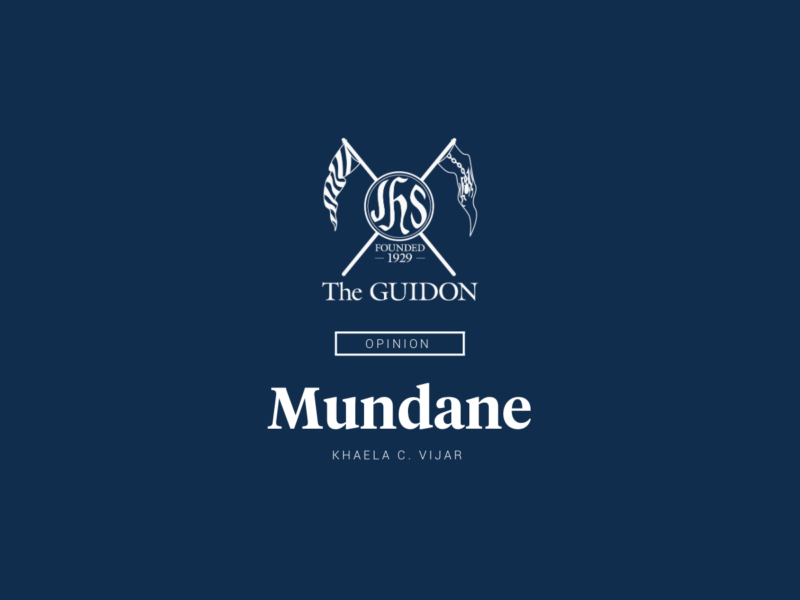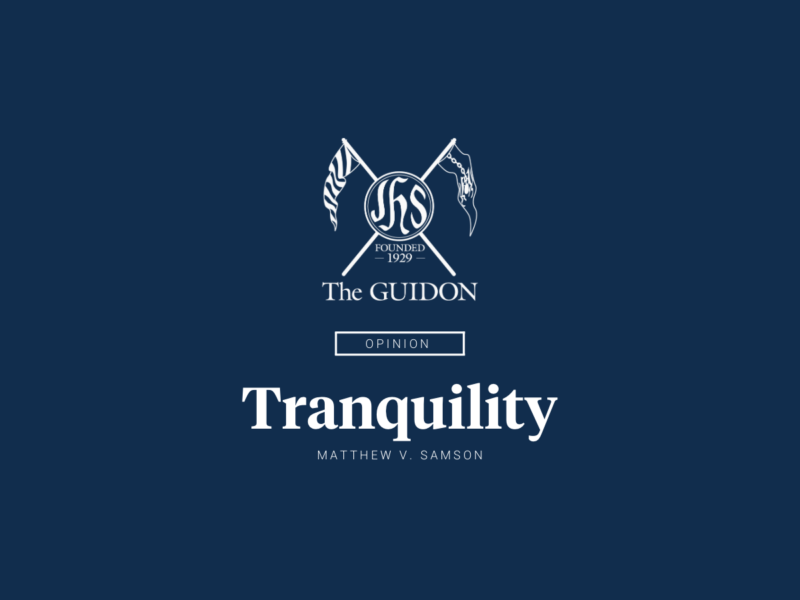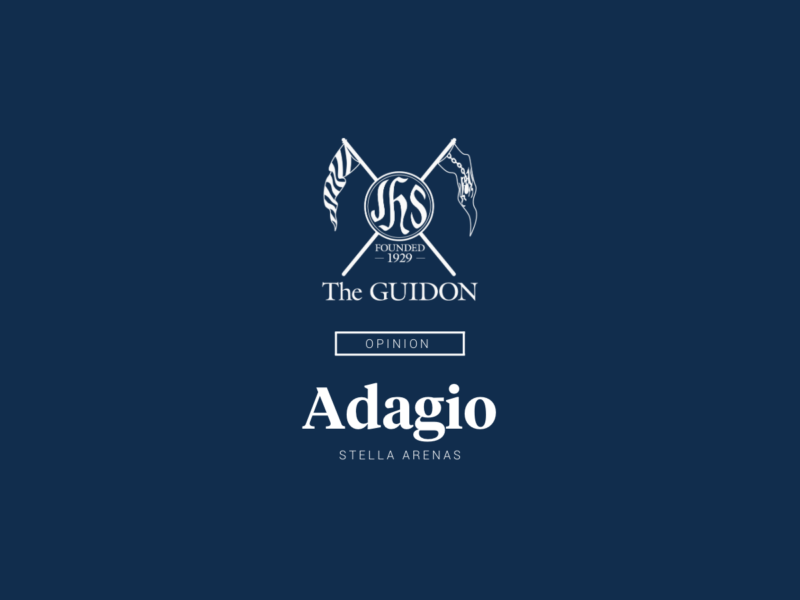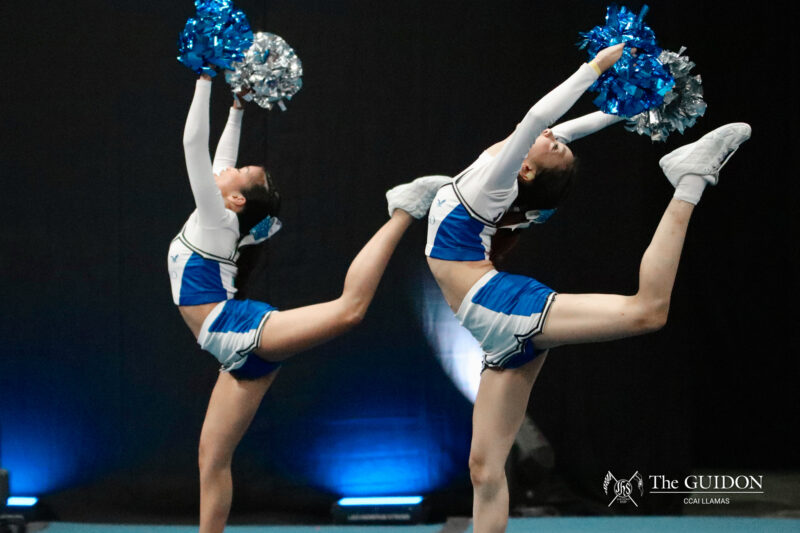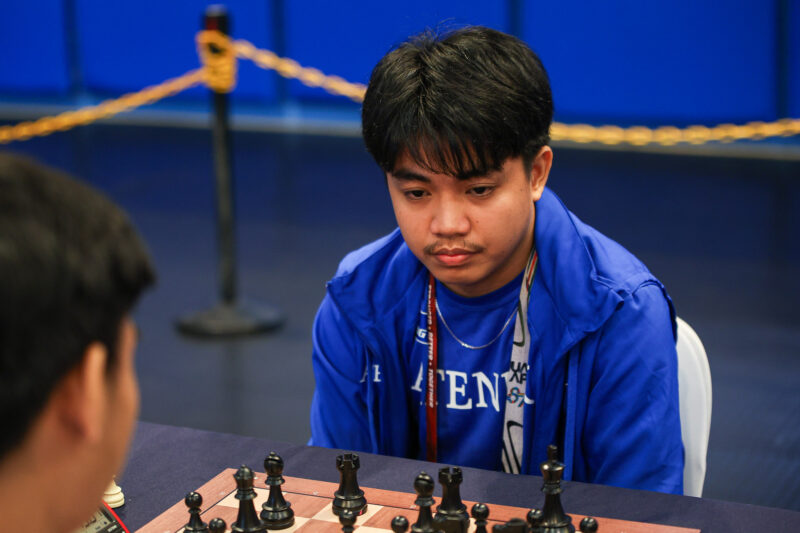THERE ARE only a few days of quarantine that I can recount off the top of my head—the most relevant events being my first day of college in 2020 and the first case of COVID-19 in my family in 2022.
Most of my weeks during the pandemic were spent doing the same things in the same order as I waited for a sense of normalcy to return in my life. While I knew this was the best way to stay safe until the virus could be contained, it also meant that I was forced to face everything head-on without the usual distractions that came with being able to leave the house.
However, at the beginning of 2022, I found out that a friend of mine had passed away from something unspeakable.
With the pandemic still in full force, most of my grieving came from calls with mutual friends and going through old conversations with him. The most difficult part during this time was having to grieve without being able to fully explain his death to my parents and hearing all the rumors that were circulating about why it had happened in the first place. I knew that older generations especially would not be particularly understanding about the circumstances surrounding the event.
In the months that followed, I kept asking myself if I had done enough to show that I cared about him—such as the causes he stood for. I wondered if I could even do anything to prevent this type of situation from happening again. When he passed, it highlighted not only the disparity of resources for the LGBTQ+ community in the Philippines, but also the changes that still needed to be made in order for them to feel comfortable in their own skin.
Being raised in the 21st century where almost everything and everyone is connected through the internet has provided me with the opportunity to learn about topics that are seen as taboo or are stigmatized in our society. I found myself drawn to stories about the LGBTQ+ sector, unable to understand why these labels were such an issue to others not part of the community when no one would be harmed by learning another’s identity. Moreover, as I continued to meet more people that identified as LGBTQ+, even less reasons came to mind as to why there was a divide between them and society in the first place. Regardless of how I felt, I still encountered many people who believed that there was something wrong with choosing to love someone of the same gender.
Whether it be microaggressions against the community through harmful stereotypes and caricatures, or outright discrimination in the streets, there are still too many cases of mental and physical harm inflicted on the sector. Many of these problems only worsened during the pandemic, especially as closeted members of the community found themselves on lockdown without their support system or in worse cases, stuck with families that did not accept them.
There is no quick fix that can make the community suddenly equal in the eyes of everyone in the Philippines. Equality requires broad cooperation—not just of the government but also the health sector on the ground—to allow the LGBTQ+ to express themselves as they would in a perfect world where sexual orientation and gender identity did not matter at all. As individuals, it may also feel like there’s not much that can be done on our own. There are times where all we can do is understand the sector more, but there will also be times where change will only come if we push for it together. This is not to say that the world is not slowly changing on its own—the LGBTQ+ community is slowly getting to the point where the media has grown to feature them as three-dimensional characters who are more than just angsty love stories or other stereotypes. More and more people have begun to pay attention to the urgent call for a shift in thinking towards a more inclusive tomorrow.
I look forward to a society where the LGBTQ+ sector no longer has to hide or change their identities to feel welcomed. Until the day arrives, I urge that we all listen, respect, and fight for the rights of those who have done nothing wrong but choose to be themselves.


